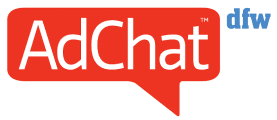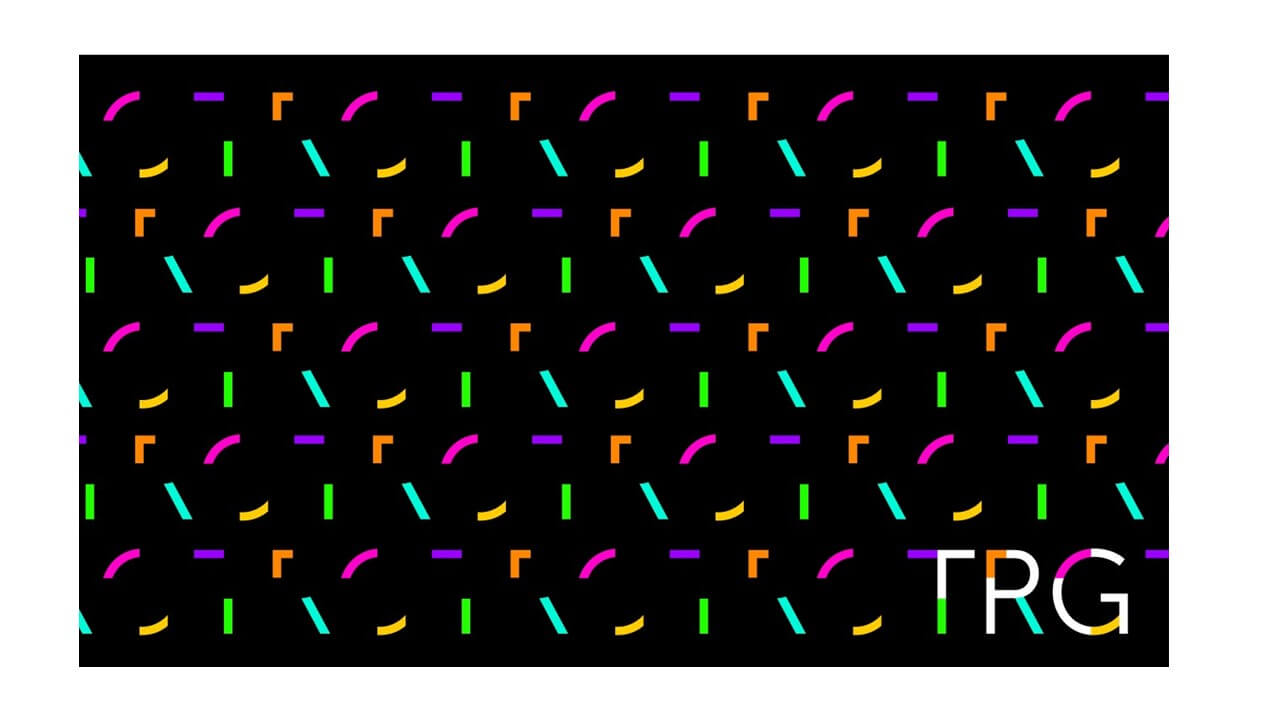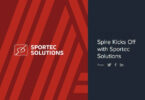By: Olivia Yaeger, Paid Search Associate Director
People have more choices than ever to watch what they want to watch and when they want to watch it. This ideology, being framed as personal primetime, is democratizing unique viewing habits, giving people the authority to watch in moments that work for them. With so much power in their hands, how can we, as advertisers, make marketing as dynamic as a customer journey?
One approach is broadly understanding your audience’s passions, which can be as simple as conceptualizing their stance on sports, news, or fashion. However, truly understanding your audience’s signals – and digitally meeting them where they are – paves the way for an intentional, lasting connection. Users will spend time with brands if the ads engage with them in an authentic, thoughtful way. After all, advertising done well is a service for the customer and will keep your brand memorable. Speakers at Google’s YouTube Brandcast event leaned into this discovery and idealized the need to “Follow Your Audience.”
Creating a well-rounded media plan on YouTube requires pulling many levers. While audience signaling and relevant content curation are important to identify, follow, and connect with desired viewers, they will fail to reach the end user if the ad is not placed at the right moment and with the right mindset. Now more than ever, it is imperative to craft campaigns that drive relevance using as many levers as possible.
Relevancy Drives Performance
YouTube is a platform that inspires interests and absorbs the deepest inquiries. While consumer behavior and preferences are evolving, people stick with YouTube for its deeply relevant content. What’s relevant to users now are convenience, ease, intuition, and authentic, native messaging.
Key Content Takeaways From the YouTube Brandcast Event
● According to Talkshoppe, 94 percent of viewers say good content is personal and relevant.
- Viewers say good content is intellectually and sensorially stimulating, and emotionally resonant.
- Viewers seek out content that is not only relevant to their interests but also made by approachable, relatable creators.
● 80 percent of people say they are more open to advertising or branded content when that content is relevant to the viewer.
- According to Cory Haik, chief digital officer of Vice Media, audiences must be able to see themselves in the content. If they don’t, they will leave.
For brands and advertisers, creating engaging content in ads lies far beyond blasting brand logos and hoping that little jingle inspires users to subconsciously crave your product or service. To break through and become top-of-mind requires being relevant within the realm of your audience’s interests, made more impactful through content coming directly from a trusted creator.
To effectively deliver messages that match interests, we’ll first need to understand the definition of a brand’s target audience and research what they’re tuning into on YouTube. While everyone has their own unique viewing experience, in general, most people turn to YouTube for happy, enriching content – particularly how-to content, which ranks number one, followed by music content at number two.
One-Size-Fits-All Makes Relevance Tenuous
YouTube often relies on the same media and creative strategies as other video channels in the paid advertising space. Most advertisers prioritize TV creative during production, leaving YouTube to suffer with unsuitable hand-me-downs. Most industry professionals consider relevancy as a unified, singular message across platforms – i.e., staying “consistent” to the brand. This mindset isn’t entirely wrong, though it lacks intuition. Creating relevance through repetition and consistency in content may come across as shepherd-like, with the clear objective of interrupting and pulling people in. Instead, brands should consider meeting their target audience where they are and on their terms. Yes, the message should be consistent across various platforms – but the content itself should lean into both: what is relevant natively on the platform and to the individual.
Users tend to be more receptive to advertising when they see a brand’s involvement in both organic and paid content. Seeing brands put care into their content goes a long way, and one way of doing so is to make content appear organic and authentic. Advertisers on TikTok masterfully lean into this approach, and the results show. In a study conducted by Flamingo, 79 percent of TikTok users prefer brands that show that they understand how to create for the platform (source: TikTok Marketing Science Global Community and Self-Expression Study, 2021).
These same learnings can and should be applied to YouTube. Viewers are 34 percent more likely to say that video content featuring “unique storytelling or production” is a bigger driver of sensorial stimulation than “cinematic quality” (source: YouTube Brandcast, 2022).
Advertisers need look no further than the YouTube channel “What’s Inside?” for an incredible example of a brand’s involvement in organic content. A father and son duo, who cut open random things to see what’s inside, form a partnership with Mercedes to cut open an S-Class seat. With over 5 million views, the video continues to live as Mercedes-branded content on the “What’s Inside?” YouTube channel.
Signal, Adapt, Create
Brands have more tools than they think that will enable them to leverage signals, create content, and adapt to the viewing experiences of their target audience. With so many levers to pull, how exactly should brands meet audiences where they are from platform to platform, device to device, and channel to channel on YouTube? Brands must use signals to identify the right person, mindset, and moment; adapt the media approach to fit; and create relevant messaging. These pillars are key to taking cognizance of the full spectrum of content personalization and can easily be methodized into three phases.
Start Phase One by leveraging Google’s audience signals to identify the person, mindset, and moment. With over 1 billion cross-device users on each of Google’s properties, advertisers can identify and understand their target audience from high-level demographics to specific purchase intentions using countless real-time data signals. YouTube video advertising solutions can access almost all the targeting capabilities of Google. YouTube can target users via affinity, in-market, life events, customer match, and data segments while reaching beyond Google’s predefined niche audiences through custom segments. These signals not only tell us a user might fit our target but also give us more clues about their life and interests that we can use to make our content more relevant to them.
With so many product offerings, YouTube’s ad formats can align with a brand’s goals throughout all stages of the funnel. Phase Two captures the user in the right mindset by deploying the proper ad types that will adapt to their moment. YouTube’s advanced targeting capabilities are hard-hitting when paired with the proper ad format. The user is guided through a memorable journey through visual storytelling, and they begin a trajectory that proceeds down each stage of the funnel. Upper-funnel ad types, such as video reach, prioritize generating mass awareness through interest-based affinity, custom affinity, and detailed demographic targeting tactics – while lower-funnel ad types, such as video action, lean into intent-based signals found in custom intent, in-market, and customer match.
With clear goals and audience definitions, Phase Three emphasizes creating a content strategy. The fundamentals for building effective YouTube creative, supplied by Google, are as simple as ABCD: attract, brand, connect, and direct. The creative needs to attract the attention of the user, clarify the brand, forge a genuine connection, then encourage direct action from the consumer. Partnering with influencers will amplify the connection as users gravitate toward their favorite YouTube creators. Understanding the right audience signals can tell us more about what creators are trusted by our audience and give us more reference points for creating content that attracts and connects. Most brands miss this mark, so it’s important to acquire a firm grip on Phases One and Two before proceeding to Phase Three.
Media professionals can now seamlessly navigate through Phases Two and Three in a single destination – who doesn’t love that? After a successful beta period, Google’s Ads Creative Studio has launched globally, combining rich features to create ad variants that can be customized for different audiences, locations, languages, or contexts. Google understands that delivering relevance at scale can be complex and cost-prohibitive and is opening barriers so that advertisers can sharpen their practice in creating personal, enticing paid YouTube content.
Louder for the People in the Back
Viewers get inspired when they feel that content was designed for them personally. A brand’s content should feel seamless and fit natively to the platform. Simply put, brands must do their due diligence by aligning creative concepts contextually on the platform and working with trusted creators who capture the attention of their target audience.
While audience signaling and content curation are important to identify, follow, and connect with desired viewers, they will fail to reach the end user if the ad is not placed at the right moment and with the right mindset. It may seem that there are endless levers to pull, but brands can connect authentically via three simple phases: signal, adapt, create.










